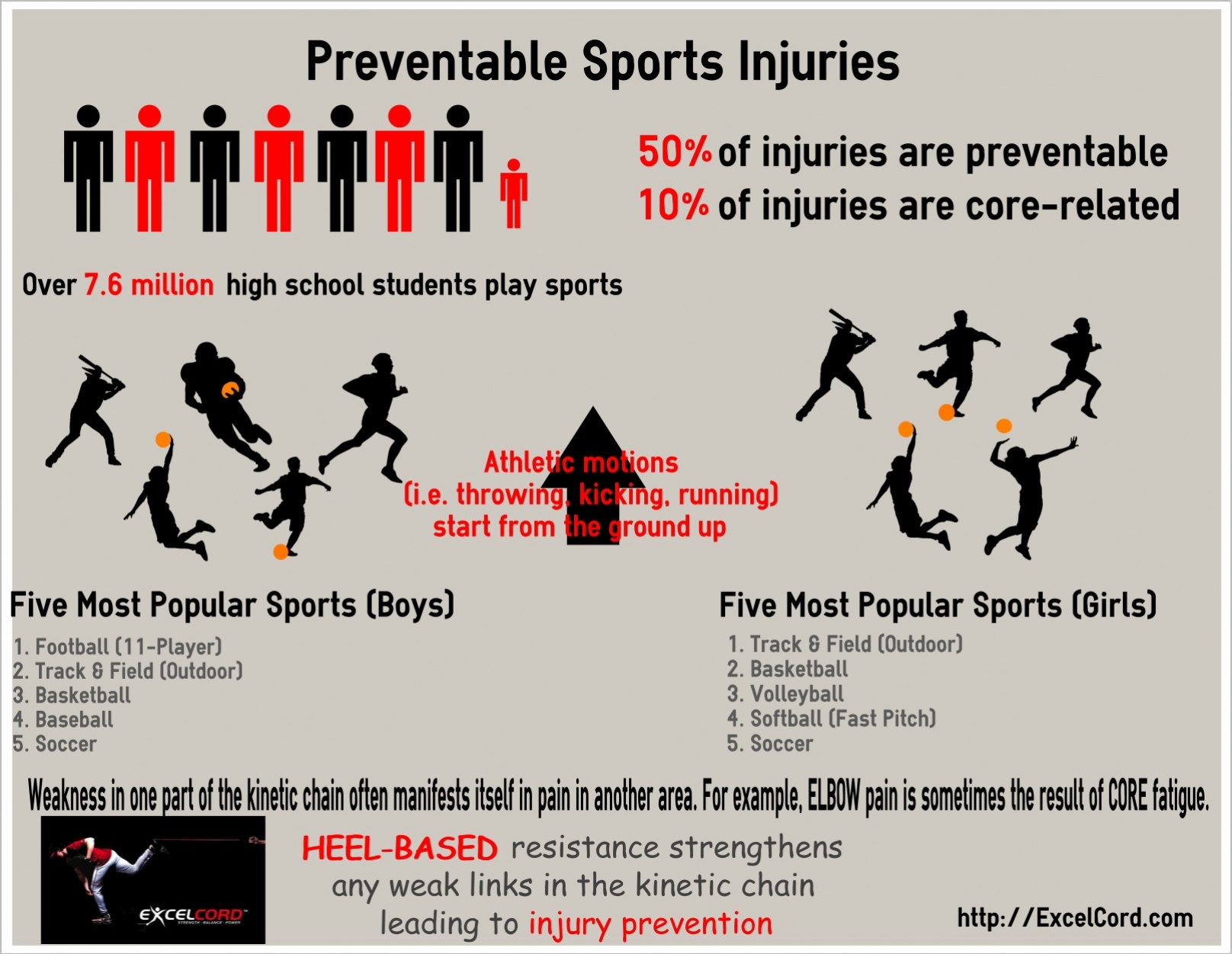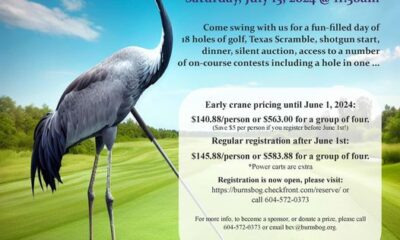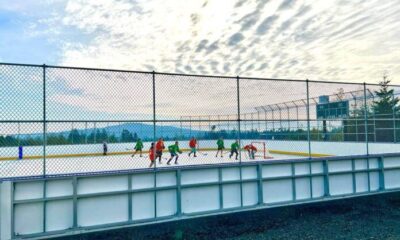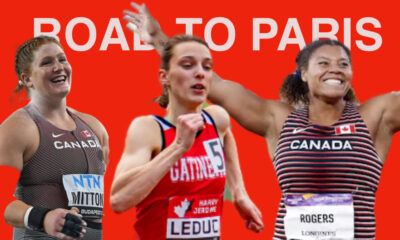Have you ever gone to bed and tried to sleep, but the room would not quit spinning, knowing that it wasn’t caused by a previous night of drinking?
Well, I can tell you firsthand that having and knowing you have had a concussion is nothing to take lightly.
Years back I took a heavy hit at mid-ice that caused me to fall and slide from centre ice to the boards having my back and head taking the brunt of the final hit at the boards.
Then it was a simple “suck-it-up” and continue to play or stay in the game, but knowing now what I never knew then was that my direct hit against the boards wasn’t a fall, it was a form of concussion.
Far too many Parents live their dreams through the eyes of their Son or Daughter and want them to succeed and reach a goal that they were unable to achieve and that is called – Peer Pressure!!
Player safety should be on the minds of everyone (Parents and Coaches alike) involved in a sport and that goes from the training staff through to the ownership.
But one has to ask if everyone is actually on the same page when it comes to understanding the importance of “player safety.”
From training camp to the end of the season, including playoffs injuries can and will happen when you least expect it and some are more detrimental than others.
It used to be that you signed up for any Amateur sport and played through all the adversities that came with the sport, but now -a-days the one topic on the minds of everyone is – Concussion!!
Not only can it happen, but when and how and some are caused by simple plays that you would never expect injuries to manifest, but they do.
It’s fall and now the local schools currently have their football, hockey or other programs underway, but have you ever thought about the equipment the players wear?
When was the last time the helmets were tested for safety and how often are the pads checked for rips or tears, let alone who is in charge of the concussion protocol in our schools or local Associations?
As of recent specific changes have been instituted regarding the testing standards for the head, face and eye protection that include tougher standards in the industry.
It’s important for everyone to know and understand that the person responsible for making any purchase has to know how the standards are developed for each specific piece of equipment they are purchasing.
We are hearing that some of the equipment might meet only one of the present day standards, while others provide a wider or more uniform standard for multiple pieces of equipment.
While the School or Association takes great care replacing worn or unsafe equipment, it’s expected that the Parents will buy the correct size shoe, skate or helmet that is properly fitted, but not all Parents understand this.
Failure to purchase the correct or proper equipment for your Son or Daughter means you are putting them at risk of sustaining a possible serious injury that could last a lifetime.
Parents have to pay far more attention to the area of concussions when the Athlete has taken a heavy hit or shove causing the individual to fall without protecting themselves.
Should a concussion happen the Brain has what is described as an “Energy Crisis”, that causes slower reflexes and reaction time, the thinking shows and if not controlled in a timely manner, the athlete is exposed to serious injury.
As a Coach, remember that while the child or athlete will want to continue probably due to peer pressure from the Parents they want to stay in the game, but as a Coach don’t be “baited” by either the Athlete and/or Parent.
Should the Athlete suffer an injury there will be various symptoms for you to watch for which include leep/somatic (physical), cervical (neck-specific), vestibular (balance), oculo-motor (visual), emotional (mood) and cognitive (thinking), so don’t judge from one alone.
As a Parent or Coach should you suspect the Athlete has suffered a concussion, mild or otherwise, be vigilant and proactive.
In Canada the Federal/Provincial-Territorial Working Group on Concussions in Sport was created in 2015 and addresses five key components.
- awareness,
- prevention,
- detection,
- management
- surveillance
Know and understand the following and sport will be far safer for everyone!!!









